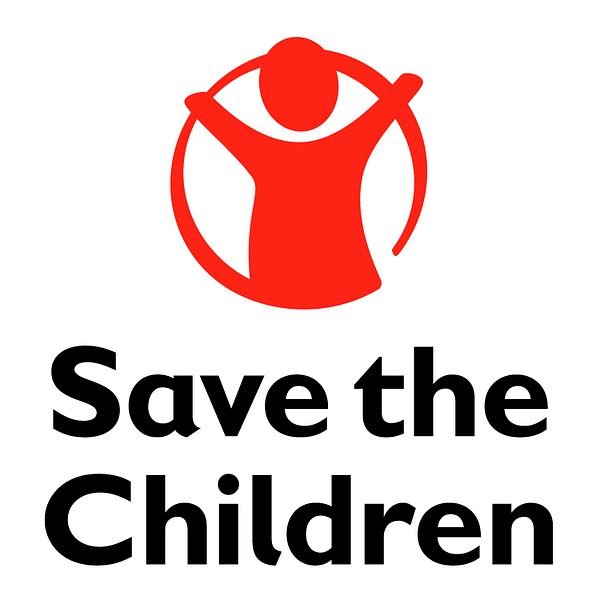Press release -
A mixed picture for South East Asia in Save the Children’s thirteenth State of the World’s Mothers Report
Four countries in South East Asia saw improvements while four others tumbled down the Mother’s Index in Save the Children’s thirteenth State of the World’s Mothers Report, released today. The index ranks 165 countries for being the best and worst places in the world to be a mother, split into three categories, namely, developed countries, less developed countries and least developed countries.
There was sufficient data to rank eight countries in the region, including Cambodia, Indonesia, Laos, Malaysia, Myanmar, the Philippines, Thailand and Vietnam. Vietnam showed the greatest improvement, jumping from 34th in the less developed countries category to 20th this year. Meanwhile, Malaysia showed the sharpest decline at 41st in the same category, down from 36th last year. The ranking is based on a combination of factors such as maternal health, education and economic status, as well as critical child indicators like health and nutrition.
“There has been good economic growth across South East Asia in the last decade, but the results show that strong policies and investments targeted at improving maternal and child health, education and women’s rights are necessary,” said Michel Anglade, Save the Children’s Campaigns and Advocacy Director in Asia.
The Mother’s Index rankings for the eight countries in South East Asia are:
Less Developed Countries:
Thailand – 16th, Vietnam – 20th, Malaysia – 41st, the Philippines – 52nd, Indonesia – 59th
Least Developed Countries:
Cambodia – 6th, Myanmar – 7th, Lao PDR – 11th
State of the World's Mothers focuses on nutrition as one of the key factors in determining mothers' and their children's well-being. The report details a vicious cycle of how mothers, who may themselves have been stunted in childhood, go on to give birth to underweight babies who have not been adequately nourished in the womb. If a mother is impoverished, overworked, poorly educated and in poor health, she may not be able to feed the baby adequately. The damage caused by malnutrition before the age of two is largely irreversible.
“Despite leaps in reducing child mortality, stunting remains a problem in South East Asia. Two in five children in Indonesia, one in four children in Vietnam and one in six children in Thailand are stunted,” said Michel Anglade.
Save the Children highlights that the best method for protecting the pregnant mother and her baby from the vicious cycle of malnutrition is to focus on the child’s first 1000 days starting from pregnancy. The report revealed that, in developing countries, breastfed infants are at least six times more likely to survive in the early months than non-breastfed children. Yet less than 40% receive the full benefits of exclusive breastfeeding. This is due, in part, to countries lacking strong commitment and complimentary programmes that enable mothers to breastfeed.
Michel Anglade said: “Our report shows that a mother’s breast milk - one single nutrition intervention - can save a million children’s lives each year. In low income countries like Myanmar and Laos, breastfeeding can mean the difference between life and death for a child. Country governments must ensure all mothers have the support they need to choose to breastfeed if they want to. Acting now not only saves lives, but saves dollars as well.”
The charity calls for:
- Investment in health workers: Governments, donors and international agencies should prioritize investing in frontline health workers and girls’ education; both of which are essential to breaking the cycle of malnutrition.
- Meet the malnutrition challenge:
- All governments must make fighting malnutrition and stunting a priority, setting targets for their own countries and around the world
- Country governments should scale up nutrition programmes around the first 1000 days, from a mother's pregnancy to the child's second birthday.
- Country governments must commit and fund national nutrition plans of action - including breastfeeding - that are aligned with plans for maternal and child health
Individuals wanting to join EVERY ONE, Save the Children’s Newborn and Child Survival campaign can visit www.savethechildren.net and sign our petition to help world leaders commit to saving children's lives. This website will also host the charity’s live interactive video conference discussing Motherhood on the 8th May with high-profile Global Mothers.
Save the Children works in seven countries in South East Asia, including Cambodia, Vietnam Laos, Thailand, Myanmar, the Philippines and Indonesia.
-ENDS –
For more information, and for graphics and charts, social media assets, case studies, photos, footage or interviews, please contact Lynette Lim at +65 91864946 or lynette.lim@savethechildren.org .
For a full copy of the report and additional information, visit savethechildren.org/nutrition.
Notes to Editors
Globally, malnutrition claims more than 2.6 million young lives each year, and, of those who survive, 171 million face a #hiddencrisis of chronic malnutrition which stunts their physical and mental growth and leaves them unable to ever reach their full potential.
The direct cost of the malnutrition crisis, affecting both the developed and developing world, is estimated at $20 to $30 billion per year.
Topics
- Social issues
Categories
- s mothers,south east asia mothers,mother
- state of the worlds day
- child health
- maternal health
- millennium development goals
- malnutrition
- stunting
- save the children
Save the Children works in 120 countries. We save children's lives. We fight for their rights. We help them fulfil their potential.
